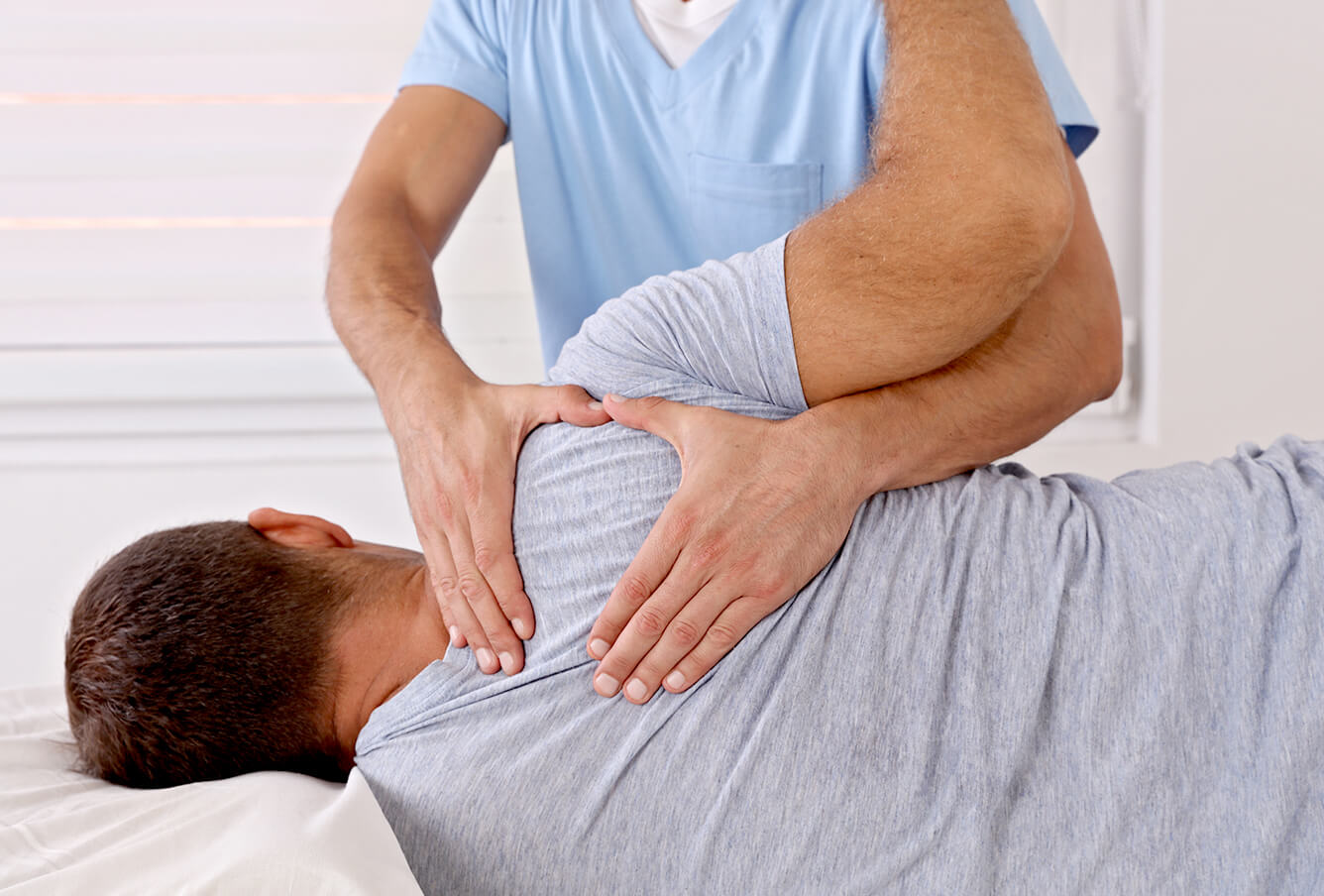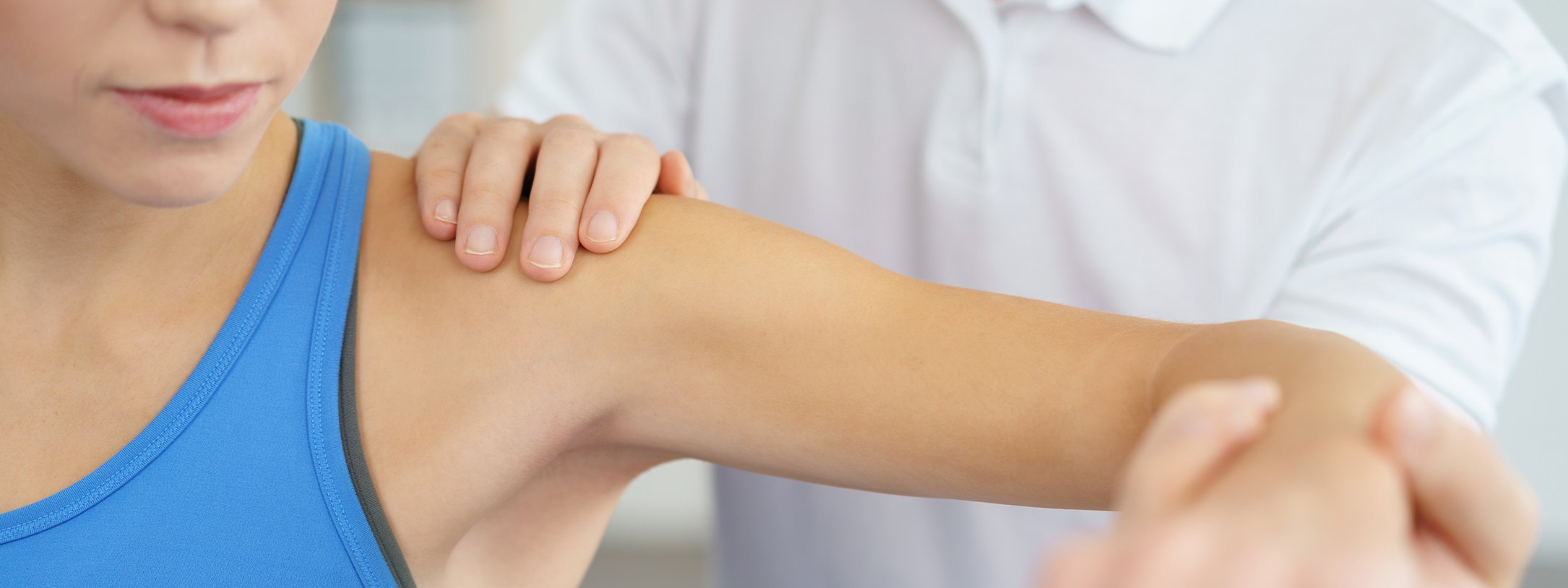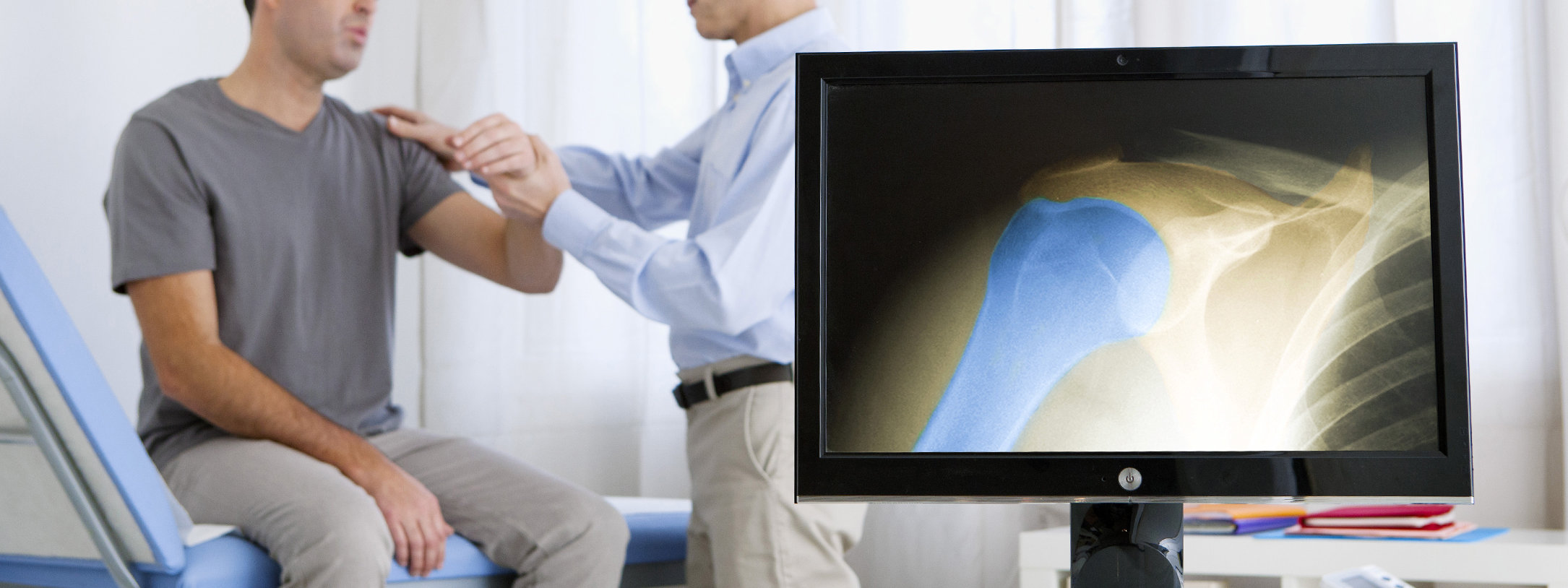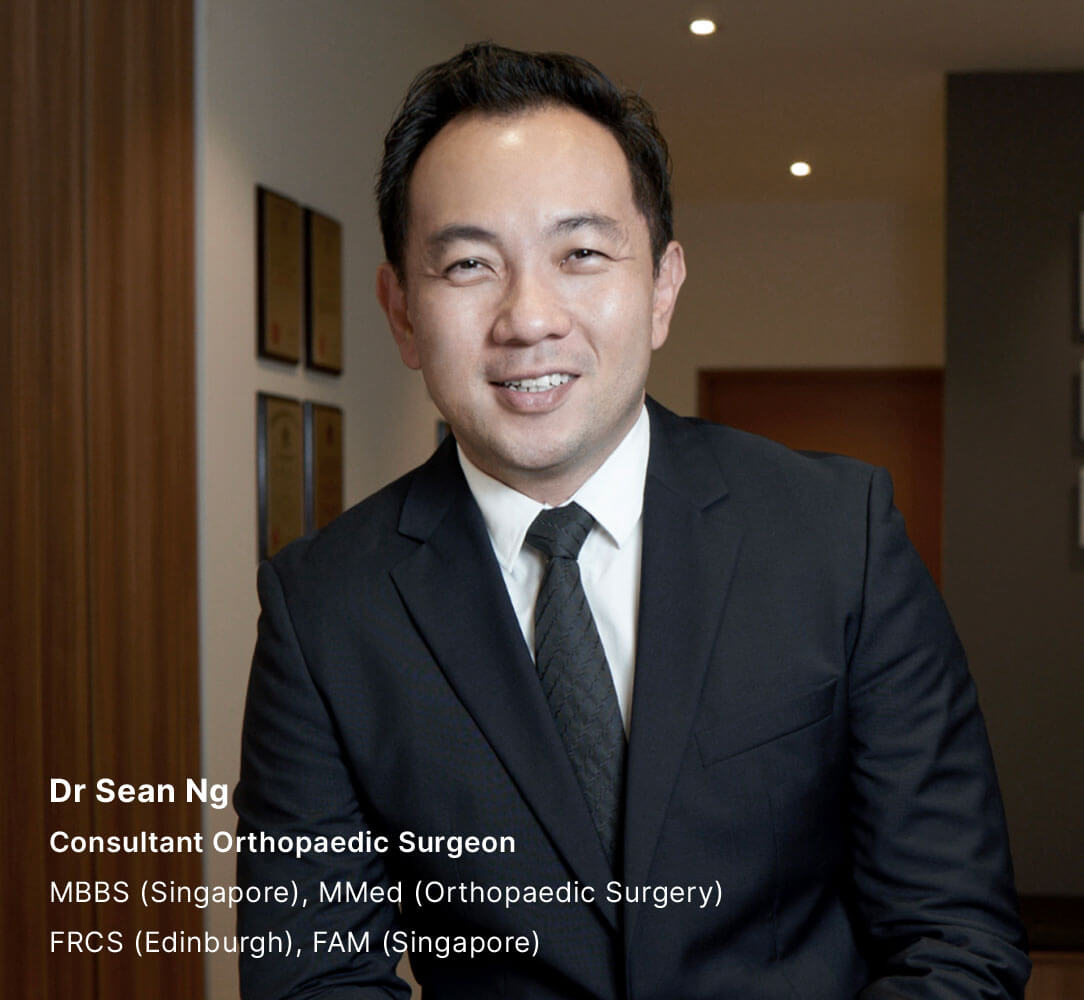In order for shoulder conditions to be treated effectively, treatment must be specifically tailored to the diagnosis—the root cause, other contributing factors, their severity and one’s general health.
Treatments come in the form of conservative therapies as well as surgical procedures (particularly using minimally invasive techniques), all of which will be carefully designed to suit your needs and preferences.


Physiotherapy is a great way to improve the strength of the muscles that support the joint and recondition them to function optimally. This aids in improved stability and range of motion, making up the essence of rehabilitation.
These may be pain relief medications or steroid-based medication, which decreases the inflammation. In autoimmune conditions, a newer drug known as biologics may be prescribed instead for a more targeted response to inflammation.
Steroid or hyaluronic acid may be injected directly into the shoulder joint with the aim of reducing swelling and friction in the joint, respectively.
Regular and appropriate physical activity such as taichi, yoga and walking are known to improve one’s physical function and mood. Dietary supplements may also be taken to relieve inflammation and pain (e.g. glucosamine and fish oil).
If you do sports or are in a field where manual labour is needed, you may be advised to modify the way you do certain actions to prevent the same problem from recurring (e.g. proper lifting techniques, taking more breaks).

This is a minimally invasive technique that uses a tiny camera (arthroscope) to examine and treat the affected area in and around the shoulder joint. Small surgical tools are used, and these are inserted through a tiny incision in the skin (as opposed to a long incision found in traditional open surgery).
This is used to repair a torn tendon in the shoulder by reattaching the tendons back to the humerus (upper arm bone), this procedure can be done using minimally invasive techniques (arthroscopically) or using the conventional open method.
Usually performed using the minimally invasive technique, the cartilage is repaired and the ligaments in front of the shoulder are tightened with small stitches inserted through small incisions.
This is a complex procedure involving replacing the shoulder joint with artificial parts. This is usually used to treat pain caused by severe arthritis or when the shoulder has been severely fractured or broken.
Should pain caused by shoulder impingement persist in spite of ample rest and physiotherapy, this option may be considered. Some bone tissue will be removed to increase the subacromial space so that the rotator cuff no longer gets caught and pinched when the arm is elevated.
This releases a tight and constricted shoulder joint capsule. The capsule is the ligament that surrounds the shoulder joint, stabilising the shoulder. Frozen shoulder occurs when the capsule thickens and tightens, resulting in pain and stiffness.

Cove Orthopaedic Clinic is led by Dr Sean Ng, a skilled orthopaedic surgeon with over 10 years of experience managing shoulder conditions. As someone who leads an active lifestyle, he fully recognises the value of conservative treatments. However, if surgery is required, he will utilise minimally invasive techniques for reduced pain and quicker recovery. Dr Ng was formerly a Consultant at the Department of Orthopaedic Surgery at Singapore General Hospital (SGH) and board member of the Medical Board of SGH. He also received further orthopaedic training in Switzerland under the MOH HMDP Award.
read moreWe are Committed to Providing Personalised Treatments that Work and Last
Monday - Friday :
09:00am to 1:00pm & 02:00pm to 5:00pm
Saturday :
9:00am to 1:00pm
Closed on Sundays and Public Holidays